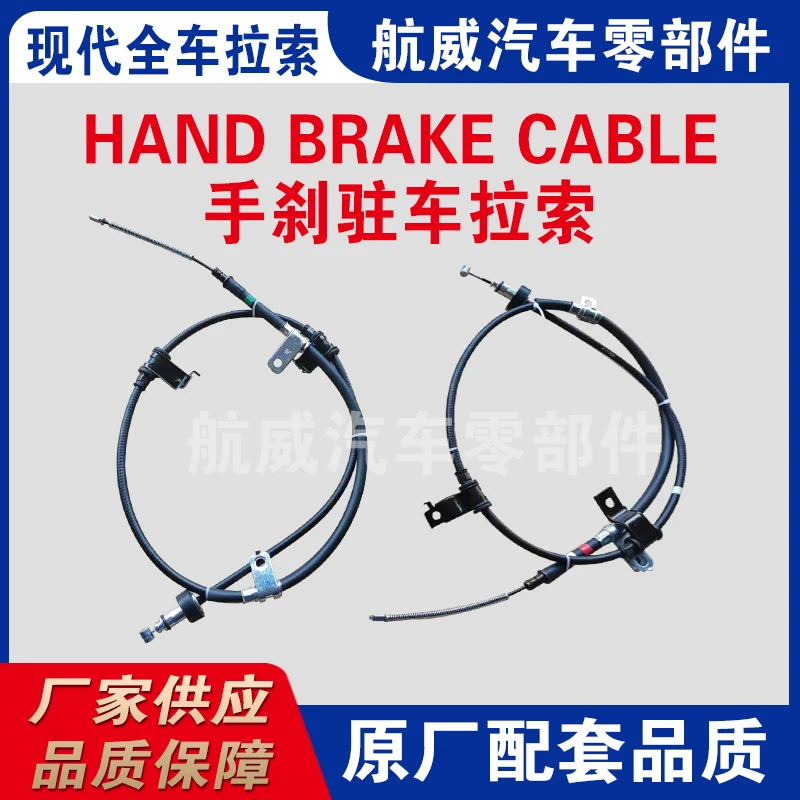accelerator pedal cable
The Accelerator Pedal Cable A Crucial Component in Vehicle Performance
In the realm of automotive engineering, the simplest components often play the most vital roles. Among these components, the accelerator pedal cable is an essential element that directly influences a vehicle's performance, responsiveness, and overall driving experience. This article delves into the significance, functionality, and maintenance of the accelerator pedal cable, highlighting its integral role in modern vehicles.
Understanding the Accelerator Pedal Cable
The accelerator pedal cable, typically made of durable metal or high-strength plastic, connects the accelerator pedal to the throttle body of an internal combustion engine. When a driver presses down on the accelerator pedal, it activates the cable, which, in turn, opens the throttle valve. This process allows the engine to receive more air and fuel, resulting in increased power and speed. The design and material of the accelerator pedal cable are crucial, as they must withstand the force exerted by the driver while also minimizing wear over time.
Functionality in Modern Vehicles
In modern vehicles, the accelerator pedal cable has evolved significantly. Traditionally, vehicles relied heavily on mechanical cables to connect the pedal to the engine. However, with advancements in technology, many new vehicles utilize electronic throttle control (ETC) systems. In these systems, the physical cable is replaced by electronic sensors and actuators that transmit signals from the pedal to the engine control unit (ECU).
Despite this shift towards electronic systems, the basic principle remains the same the accelerator pedal, whether connected through a cable or electronically, communicates the driver’s command to the vehicle’s engine. This ensures a smooth acceleration and deceleration process, allowing for precise control over the vehicle's performance. The transition to electronic systems has also introduced new levels of efficiency and responsiveness, often improving fuel economy and reducing emissions.
Symptoms of Accelerator Pedal Cable Issues
Maintaining the integrity of the accelerator pedal cable is vital for ensuring optimal vehicle performance. Over time, cables can stretch, fray, or become corroded, leading to various issues. Some common symptoms that indicate a problem with the accelerator pedal cable include
1. Unresponsive Acceleration If the vehicle fails to accelerate when the pedal is pressed, it may suggest that the cable is disconnected or damaged. 2. Sticky or Stiff Pedal A pedal that feels sticky or requires excessive force to operate could be a sign that the cable is binding or worn.
accelerator pedal cable

4. Accelerator Lag A noticeable delay between pressing the pedal and the vehicle responding can indicate that the cable is not functioning smoothly.
Maintenance and Care
Regular maintenance can help prolong the life of the accelerator pedal cable and ensure a smoother driving experience. Here are some steps to consider
- Visual Inspection Periodically check the cable for signs of wear, particularly at the connection points. Look for fraying, kinks, or corrosion.
- Lubrication Applying a suitable lubricant can help reduce friction and keep the cable moving smoothly.
- Check Alignment Ensure that the cable is properly aligned and not obstructed by other components in the engine bay.
- Replace When Necessary If any signs of damage are detected, it is important to replace the accelerator pedal cable promptly. Driving with a faulty cable can cause significant safety risks and lead to further damage to the engine.
Conclusion
The accelerator pedal cable, though often overlooked, plays an essential role in a vehicle's operation and driver experience. Whether through traditional cables or advanced electronic systems, the cable’s function of connecting the driver’s intention with the engine’s response is critical for safety and performance. Regular maintenance and prompt attention to any issues are vital for ensuring that this crucial component continues to operate effectively, allowing drivers to enjoy a seamless and responsive driving experience. By understanding and caring for the accelerator pedal cable, vehicle owners can contribute to their car’s longevity and reliability on the road.
-
The Right Handbrake Cable for Your VehicleNewsApr.09,2025
-
The Right Clutch Lines for Smooth PerformanceNewsApr.09,2025
-
How to Choose the Right Cables at the Best PriceNewsApr.09,2025
-
How to Choose and Maintain Gear Cables for Smooth ShiftingNewsApr.09,2025
-
Choosing the Right Throttle Cables for Smooth and Reliable PerformanceNewsApr.09,2025
-
Choosing the Right Control Cables for Your VehicleNewsApr.09,2025
